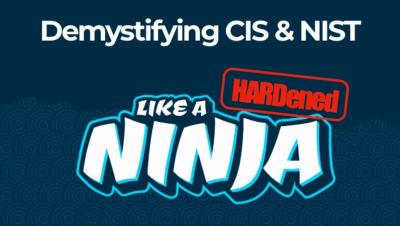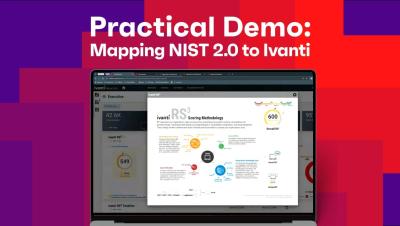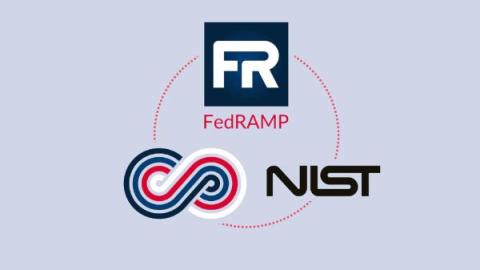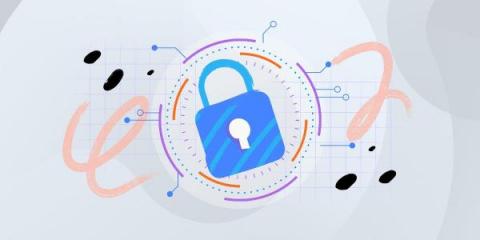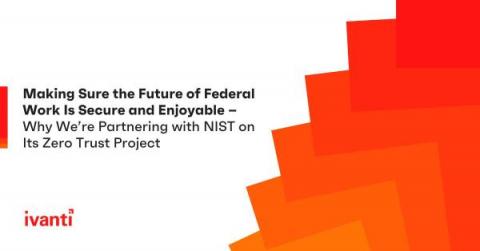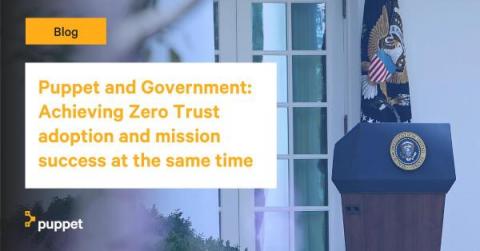Operations | Monitoring | ITSM | DevOps | Cloud
NIST
Understanding the NIST Framework and Recent AI Updates
Demystifying CIS & NIST like a Hardened Ninja
Practical Demo How Ivanti Maps to NIST Cybersecurity Framework 2 0
NIST Incident Response Steps & Template | Blameless
Demystifying FEDRAMP and NIST for Continuous Compliance
Today, federal agencies rely extensively on Cloud-based SaaS applications for everything from payment processing and document management, to data security and employee workflow automation. These tools help departments to function very efficiently, but because they are being used for essential government functions, it’s vital that they are safe and secure. For example, personnel at The Pentagon or The Department of Homeland Security can’t just choose any software vendor in the marketplace.
SolarWinds announces its Next-Generation Build System aligns with NIST Secure Software Development Framework
NIST Cybersecurity Framework: Core Functions, Implementation Tiers, and Profiles
Making Sure the Future of Federal Work Is Secure and Enjoyable - Why We're Partnering with NIST on Its Zero Trust Project
Last year, we announced our partnership with the National Cybersecurity Center of Excellence (NCCoE) at the National Institute of Standards and Technology (NIST) to work on the Implementing a Zero Trust Architecture project. After a year of collaboration with its industry partners, including Ivanti, NIST recently released its preliminary draft, NIST Cybersecurity Practice Guide SP 1800-35 Vol B, for public comment.
Puppet and Government: Achieving Zero Trust adoption and mission success at the same time
Government agencies have been working diligently to comply with the 2021 Executive Order on Improving the Nation’s Cybersecurity. The Executive Order (EO) addresses cybersecurity issues by imposing a new series of federal-wide Zero Trust mandates. Agencies were required to submit their plan development and cloud migration path reporting by July and August of 2021, with more deadlines on the horizon.




